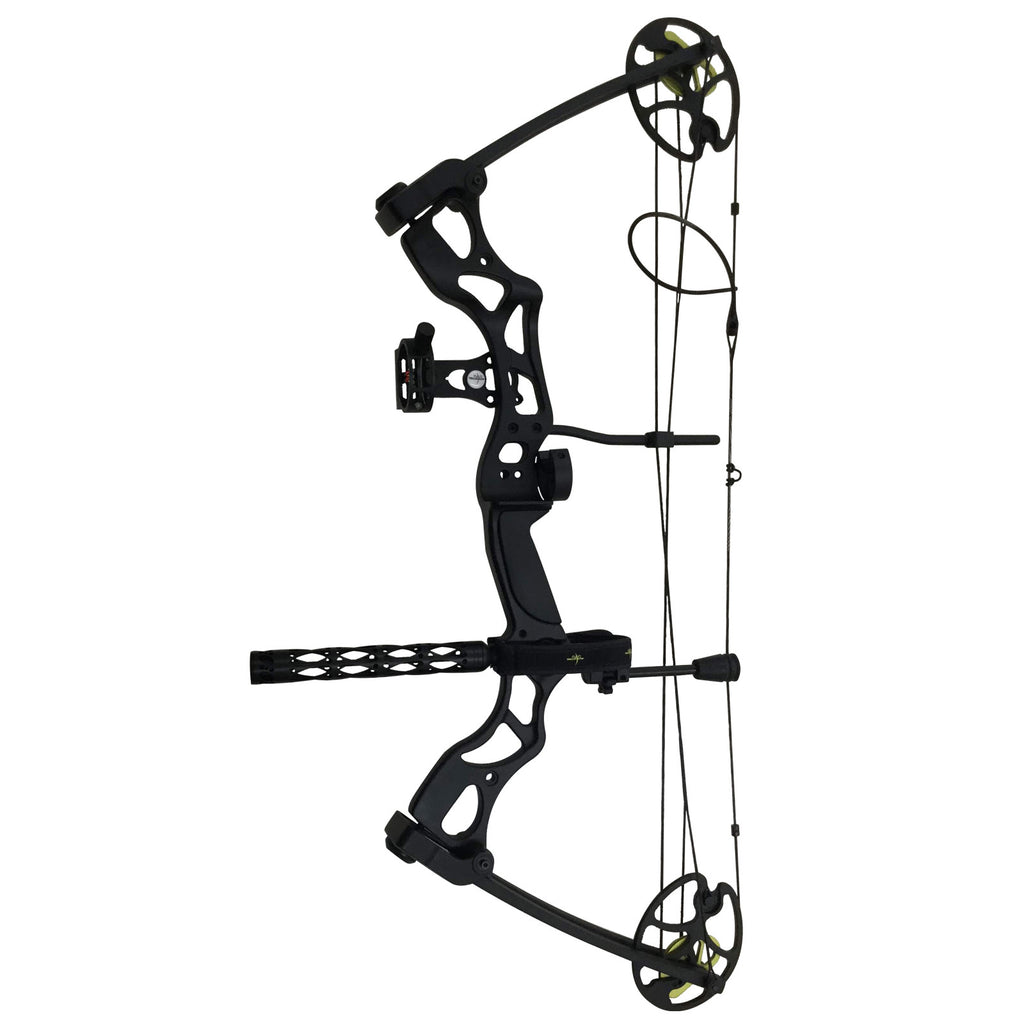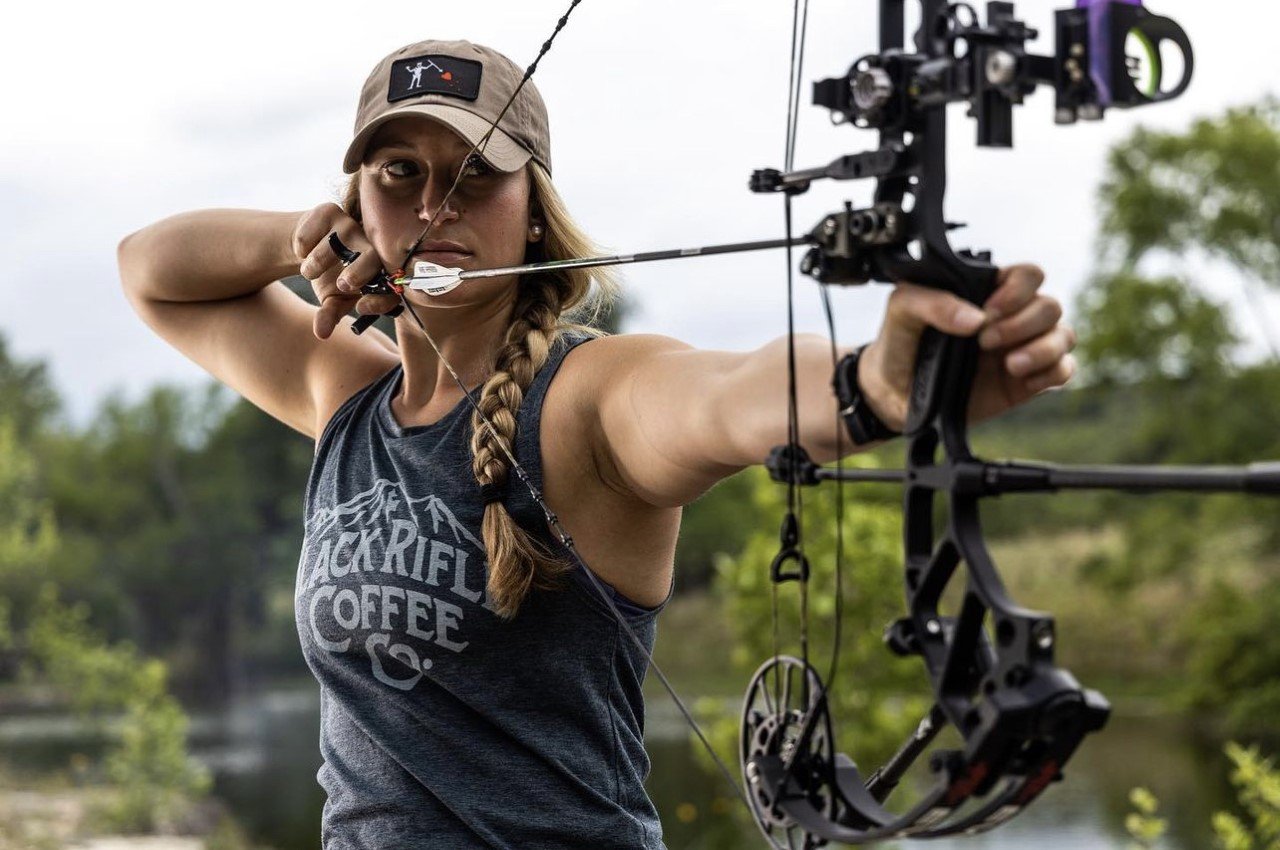Unleash Your Complete Prospective with the most recent Bow Stabilizer Innovations
Unleash Your Complete Prospective with the most recent Bow Stabilizer Innovations
Blog Article
Boost Your Archery Performance: The Ultimate Overview to Bow Stabilizer Configuration
Enhancing your archery efficiency requires a precise method to every facet of your tools arrangement. Among the different parts that add to accuracy and stability, the bow stabilizer plays a pivotal duty in fine-tuning your shot implementation. Understanding how to maximize your bow stabilizer arrangement can cause considerable renovations in your total precision and uniformity on the range or in the area. As we explore the ins and outs of choosing the appropriate stabilizer weight, positioning, and adjust techniques, you will uncover the key to opening your complete potential as an archer.
Understanding Bow Stabilizers
In the world of archery tools, the function and function of bow stabilizers stand as essential components for improving shooting accuracy and security. Bow stabilizers are made to decrease bow torque, lower vibrations, and help in holding the bow constant during the aiming and release process. By connecting a bow stabilizer to the riser of the bow, archers can experience improved equilibrium and decreased hand shock, resulting in more accurate and constant shots.
The primary function of a bow stabilizer is to wet any type of resonances that occur upon releasing the arrow. This reduction in vibration not only boosts the shooter's comfort but likewise assists maintain emphasis and control throughout the shot cycle. Furthermore, bow stabilizers aid in counterbalancing the weight of devices attached to the bow, such as views, quivers, and arrow rests, making sure optimum weight distribution for boosted stability.
Understanding the mechanics and advantages of bow stabilizers is vital for archers aiming to adjust their shooting efficiency and accomplish better precision on the variety or in the field.

Picking the Right Stabilizer Weight
Selecting the proper weight for your bow stabilizer is a vital element of optimizing your archery arrangement for boosted shooting performance. The stabilizer weight straight affects how efficiently the stabilizer lowers resonance and maintains your bow throughout the shot. When picking the ideal stabilizer weight, it's necessary to consider your shooting style, bow equilibrium, and individual choices.
Lighter stabilizers, generally weighing between 3-6 ounces, are favored by archers that focus on ability to move and fast target procurement. These stabilizers are optimal for hunters or those that fire in tough terrains where wheelchair is crucial. On the various other hand, heavier stabilizers, ranging from 8-12 ounces or more, are liked by target archers seeking optimum security and reduced bow movement. The included weight helps hold the bow steadier during the aiming process and decreases the results of torque on the bow.
Eventually, the most effective stabilizer weight for you will certainly depend upon your shooting goals and choices. Trying out various weights and finding the one that supplies the optimum balance of security and maneuverability is essential to boosting your archery efficiency.
Installing Your Bow Stabilizer
To correctly mount your bow stabilizer, make certain that you have all the essential tools and comply with these detailed instructions for a secure and efficient arrangement. Start by determining the front stabilizer bushing on click site your bow riser. Many bows have pre-threaded openings for stabilizer installation. Next off, use a small amount of bowstring wax to the threads of the stabilizer bolt to stop it from loosening during use.
Carefully string the stabilizer right into the front bushing by hand, making certain not to cross-thread it (bow stabilizer). When the stabilizer is comfortably in place, utilize an appropriate wrench to tighten it securely. Stay clear of over-tightening, as this can cause damage to the bow or stabilizer
After installing the stabilizer, check to guarantee it is straight and lined up with the bow. Some stabilizers feature adjustable weights or dampeners; adjust these according to your choices and shooting design. Last but not least, examination the acquiesce ensure the stabilizer is efficiently lowering vibration and improving your shot uniformity.
Changing Stabilizer Position for Accuracy
After mounting the bow stabilizer firmly, maximizing its placement is crucial for boosting accuracy in your capturing. The placement of the stabilizer can dramatically impact the equilibrium and stability of your bow during the shot cycle. To readjust the stabilizer for optimum precision, begin by trying out with different placements. Relocating the stabilizer more detailed to the riser can help reduce the bow's overall weight circulation, possibly enhancing your aiming stability. Alternatively, prolonging the stabilizer additionally out can enhance the bow's forgiveness and reduce the effects of torque on the shot.
When readjusting the stabilizer placement, think about the kind of shooting you do. For target archery, a longer stabilizer positioned even more out may be useful for added stability throughout the intending process. On the various other hand, hunters might favor a shorter stabilizer for better ability to move discover this in the field. Bear in mind to make small changes and test your arrangement after each change to determine the optimal placement for your capturing style and preferences.
Fine-Tuning Your Stabilizer Setup

Additionally, think about the placement of any kind of dampeners or weights along the stabilizer rod. Moving these components closer to or even more from the riser can change the stabilizer's general result on your bow's balance. Fine-tuning these information can help in reducing vibration, minimize hand shock, and enhance overall control throughout the shot implementation.
Regularly reassess your stabilizer setup as your shooting strategy advances to ensure it remains to match your type and shooting objectives. By finetuning your stabilizer arrangement with accuracy and treatment, you can maximize your bow's efficiency and raise your archery skills to brand-new elevations.
Conclusion
Finally, enhancing your bow stabilizer arrangement is critical for enhancing your archery efficiency. By comprehending the purpose of stabilizers, picking the proper weight, properly placing the stabilizer and mounting, and fine-tuning its arrangement, you can improve your precision and uniformity in shooting. Make the effort to explore different configurations and adjustments to locate the configuration that works ideal for you and assists you achieve your archery objectives.
Bow stabilizers are developed to decrease bow torque, decrease vibrations, and assist in holding the bow constant throughout the aiming and release procedure. By affixing a bow stabilizer to the riser of the bow, archers can experience better equilibrium and reduced hand shock, Discover More resulting in even more accurate and regular shots.

The stabilizer weight directly affects how effectively the stabilizer reduces vibration and stabilizes your bow throughout the shot. bow stabilizer. By recognizing the function of stabilizers, picking the ideal weight, appropriately installing and placing the stabilizer, and adjust its arrangement, you can improve your precision and consistency in shooting
Report this page